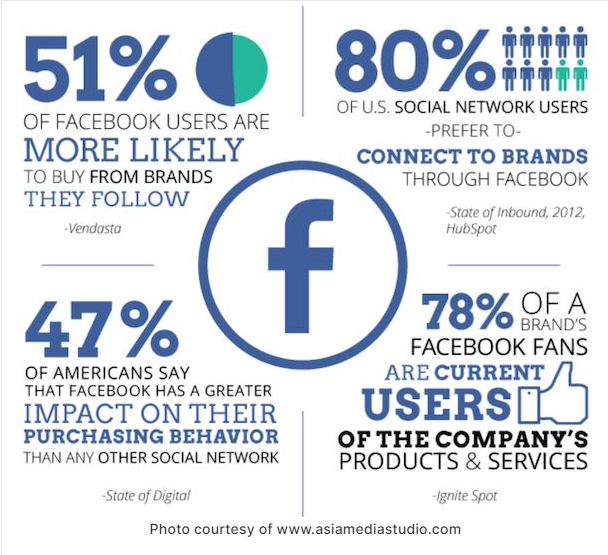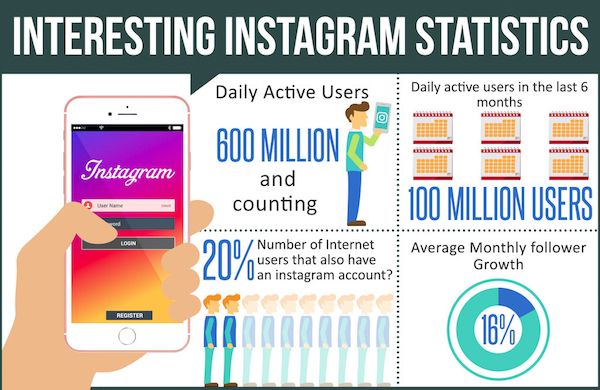How to Select a Digital Marketing Agency in 2024
Online success starts with the right agency by your side. So how can you identify an agency that aligns with your brand’s unique requirements and objectives?
Embracing digital marketing is crucial for staying competitive, connecting with consumers, and achieving business goals in a rapidly evolving digital landscape. When investing in a digital marketing agency, it is crucial to choose an agency that effectively uses your budget and aligns with your business objectives. To avoid agencies that overpromise and underdeliver, consider our list of three essential skills and key warning signs to be aware of.
SEO & SEM Mastery
SEO, or Search Engine Optimization, stands as a cornerstone skill in the realm of digital marketing. Essential for the success of any campaign, SEO and content optimization can’t be overlooked. When evaluating a digital marketing agency, one of the key indicators of their proficiency in SEO is their own website. A well-optimized website not only demonstrates their skill but also serves as a testament to their effectiveness in this crucial area. This is a vital aspect to consider, as it directly reflects the agency’s ability to enhance your brand’s online presence.
In conjunction with SEO, Search Engine Marketing (SEM) plays a critical role in formulating an all-encompassing digital strategy. SEM focuses on leveraging data and content to drive strategy, ensuring a comprehensive approach to digital marketing. When scouting for a digital marketing agency, it’s important to look for those who excel in various facets of inbound marketing. This includes maintaining an active blog, having a responsive website design, intuitive site navigation, and implementing effective conversion strategies with clear calls to action. These elements are indicative of an agency’s capability to handle the complexities of both SEO and SEM, ensuring a robust and effective digital marketing strategy for your brand.
A Diverse and Skilled Team
A premier digital marketing agency distinguishes itself through a team skilled in various domains, encompassing design, development, SEO, content strategy, social media, and brand development. This breadth of knowledge is crucial for navigating the multifaceted world of digital marketing, ensuring that every aspect of a brand’s online presence is crafted with precision and professional insight. The agency’s strength lies in its ability to integrate these diverse skills, creating a cohesive and comprehensive marketing strategy that effectively promotes your brand across various digital platforms.
Central to this strategy is a focus on content marketing. In today’s digital landscape, content reigns supreme, and a successful agency must demonstrate prowess in creating high-quality, SEO-friendly content that resonates across multiple channels. This involves not just producing content but understanding how to develop strategies that engage and convert a wide range of audiences. Moreover, adaptability in content formats is key. Whether it’s crafting compelling videos, engaging social media posts, informative email campaigns, dynamic web content, insightful blogs, e-books, or in-depth white papers, an agency’s ability to tailor content to these diverse formats is essential. This versatility ensures that your brand’s message is not only heard but also resonates with your intended audience, regardless of the medium.
Technological Proficiency and Tool Utilization
In the fast-paced world of digital marketing, an agency’s technological savvy is paramount. It’s essential for an agency to be adept at quickly learning and effectively utilizing the latest technologies to stay ahead in the competitive market. Alongside this technological agility, a deep familiarity with a variety of marketing tools is equally crucial. Proficiency in platforms such as WordPress, Google Analytics, Hubspot, Salesforce, and others is fundamental. This knowledge enables an agency to leverage these tools efficiently, optimizing marketing strategies and delivering measurable results for clients. The combination of technological expertise and tool familiarity is a key indicator of an agency’s capability to navigate the digital landscape successfully.
Three Red Flags to Avoid
Here are three warning signs to look for when searching for a digital marketing agency.
- Lack of a Dedicated Account Manager: Consistency is key. Ensure the agency provides a specific individual or team for managing your account, rather than a revolving door of contacts.
- Inaccessible Marketing Data: Transparency is critical. Avoid agencies that withhold analytics and data, as it’s vital for tracking marketing success.
- Unrealistic Promises: Be wary of agencies making lofty promises, especially regarding immediate top search result placements. Seek those with realistic goals and strategies.
Final Thoughts
Navigating the digital marketing realm requires understanding both the essential qualities of a great agency and the red flags to avoid. At Onimod Global, we strive to align with these ideals, offering our knowledge in SEO, social media, content marketing, and more. We’re committed to enhancing your marketing effectiveness and driving success.
Contact us today to discuss your digital marketing strategy.



